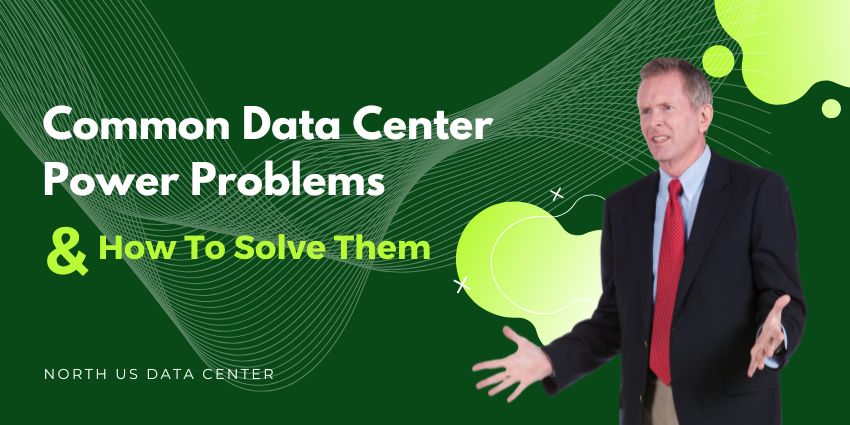Data center power problems can be devastating, but they’re also easy to avoid. Most of the time, they’re caused by human error, so it’s essential to know how to prevent them from happening in the first place.
Common Data Center Power Problems
Power failures are one of the most common data center problems. But they don’t have to be a headache. If you follow a few simple rules, you can prevent these issues from happening in your facility. Here are the most common causes of data center power problems and how you can solve them:
Bad Voltage
Bad voltage can cause all sorts of problems for your servers, including overheating and hardware failure. To prevent this issue, ensure your voltage is within range before powering on any systems in your server room. When installing new equipment or changing existing devices, always check that there isn’t too much or too little voltage from the wall sockets before plugging anything in.
Overloaded Circuits
If you overload a circuit by plugging too many devices into it at once, it will shut off automatically to protect itself from damage. It means that if a circuit trips open due to overloading, everything connected to that circuit will be offline until you reset it or fix the problem that was caused.
The power consumption is too large for the available capacity of the UPSs or generators, causing them to overload and trip out. This problem can be solved by installing larger generators, upgrading your UPSs with higher-capacity devices, or using more efficient equipment that consumes less power.
Failed equipment
The next most common cause of a power outage is failed equipment. This includes everything from generators failing to maintain output levels (which leads to brownouts) to air conditioners failing because they’re too old or operated beyond their recommended limits (which leads to blackouts).
You can overcome these problems by regularly testing your generator’s performance capacity with a portable load tester, keeping track of maintenance schedules for all critical equipment, and replacing aging components before they fail.
Overheating
The cooling system’s temperature is too high, and the equipment overheats. This can be caused by a lack of cooling capacity or other factors such as inadequate ventilation or a lack of air conditioning in the building.
It is like what is happening now; many data centers in North America are experiencing blackouts because the air temperature is boiling. The public consumes electricity, and the supply to the data center is disrupted.
How to Overcome?
To prevent this, you need surge protection equipment that will block surges from damaging your equipment and causing downtime for business operations. You should also have uninterruptible power supplies (UPS) installed on all critical systems to continue operating even if there’s a sudden interruption in the power supply.
Install Energy Monitoring System
Installing an energy monitoring system in your data center will help you identify the issues related to power consumption. Also, it will give you information about how much power is being consumed by different devices in your data center. This way, you can easily manage your overall power consumption and ensure that it doesn’t exceed the limit set by your utility company or government regulations.
Reduce Power Consumption
To reduce power consumption, you must implement various strategies like server consolidation, virtualization, green IT initiatives for better efficiency, etc. You can also install energy-efficient equipment such as high-density blade servers and low-wattage storage devices in your data center, which helps reduce carbon emissions significantly.
You can also replace old servers with newer ones or upgrade them with more memory capacity to consume less power while providing greater performance output simultaneously.
Conclusion
If you’ve been around the data center industry long enough, you’re probably aware that power issues are a common problem. This is simple: powering a data center requires much energy. Many people don’t realize how much power is consumed by data centers because they are not used to thinking about large amounts of electricity.
Often data center is only as good as every infrastructure element, and power is no different. If an outage occurs, the IT uptime can be significantly damaged by downtime to the cooling system. A reliable power source is even more critical in remote or disaster-prone locations.
Additionally, load management tools can reduce surges that might spike energy usage in the case of a natural disaster or another emergency.
Read More: Climate Neutral Data Centre Best Practices and Challenges.

